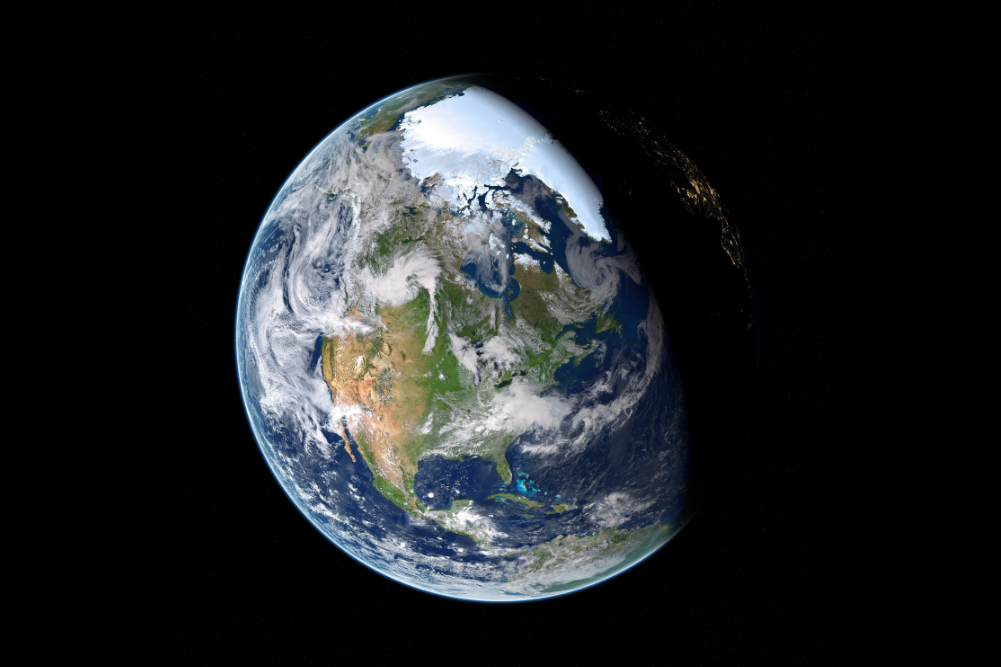A new waterworld
Kevin Costner’s attempted epic “Waterworld†may have sunk without a trace but that has not dampened the ardour of astronomers who have boldly sought for worlds, watery and otherwise, in the depths of space. Now some of those astronomical seekers have come up with a watery world of mammoth proportions.
The planet in question was actually found in 2009 using ground based telescopes but new information has just been found using the Hubble telescope. The planet has been called GJ 1214b and is dubbed a “Super Earthâ€. It is smaller than some of the gaseous giants in our solar system such as Jupiter but it is about 2.7 times the diameter of Earth and weighs almost seven times as much. The Waterworld orbits a red-dwarf star at a distance of only two million kilometres meaning that things get pretty hot on the surface probably reaching above 200 degrees Celsius.
The new observations using Hubble have been undertaken as the Waterworld crossed in front of its star. The red-dwarf’s light being filtered through the planet’s atmosphere tells a lot about what is in the atmosphere. These observations suggest that the atmosphere is dense and made of water vapour.
The density of the planet suggests that a lot of it must be made of water and the very high temperatures mean that exotic materials like “hot ice†or “superfluid water†are likely to be present. Superfluid water for instance, appears to be a normal liquid but it will flow without friction past any surface, which allows it to continue to circulate over obstructions and through pores in objects that it encounters without any normal friction related restrictions to flow.
The planet is likely to next be examined by the James Webb telescope in around seven years but in the meantime countries making plans for space exploration in the direction of GJ 1214b might want to rethink their high-tech space suits and start polishing up their snorkels.







